Retro Replay Review
Gameplay
Blue’s Room: Blue Talks! invites young players into a vibrant, interactive space where exploration and discovery are front and center. After a quick personalization—choosing favorite color, food, and birthday—the player navigates Blue’s three-dimensional room by pointing and clicking on animated hotspots. Traditional point-and-click actions drive most activities, though Polka Dot’s Puzzle introduces a simple dragging mechanic that remains accessible for preschoolers.
(HEY YOU!! We hope you enjoy! We try not to run ads. So basically, this is a very expensive hobby running this site. Please consider joining us for updates, forums, and more. Network w/ us to make some cash or friends while retro gaming, and you can win some free retro games for posting. Okay, carry on 👍)
The game features a host of mini-games introduced by familiar characters. In the kitchen, Fred guides players through a vocabulary puzzle using a dictionary to match big words with hidden items. Boogie Woogie the jukebox and Roar E. Saurus lead a freeze-dance that teaches rhythm and listening skills, while the Dress Up Chest encourages creativity by letting children fill in story blanks and illustrate their own picture book. Doodleboard’s drawing challenges and Polka Dot’s I-Spot game foster observation and fine motor skills, and an audio guessing game adds an extra layer of listening practice.
Progression is tied to puzzle pieces: each time the player completes a mini-game, Polka Dots pops out of a hidden door, rewarding them with a piece of a larger image that can be printed once finished. This tangible payoff keeps little learners motivated, and Silly Seat’s endless knock-knock jokes add playful breaks between activities. Overall, the gameplay loop is simple yet varied, offering repeated opportunities for skill reinforcement and imaginative play.
Graphics
Visually, Blue’s Room: Blue Talks! embraces bright, high-contrast colors and clean lines that appeal to preschool eyes. Blue herself transitions smoothly from her classic 2D paper-cutout design into a soft, three-dimensional character with realistic fur textures. The room’s decor is rich in detail—patterns on rugs, animated buttons on the jukebox, and expressive faces on furniture like Silly Seat—while remaining uncluttered enough for young players to identify interactive objects quickly.
Each mini-game boasts its own distinctive art style that still harmonizes with the overall aesthetic. Doodleboard’s sketch-style illustrations unfold in real time, encouraging children to anticipate and recognize shapes. The Dress Up Chest sequence uses simple yet expressive character art to bring stories to life, and the freeze-dance environment pulses with movement cues that guide clicks. Even the printables and activity sheets maintain the game’s cheerful visual theme, extending the graphic design into offline crafts.
Performance is smooth on most modest home computers, with virtually no load times between scenes. Animated feedback—such as Polka Dots jumping for joy or Boogie Woogie flashing lights on the jukebox—reinforces correct actions and holds attention. The overall presentation balances visual stimulation with usability, ensuring that children can explore without feeling overwhelmed.
Story
Blue’s Room: Blue Talks! weaves its activities into a light narrative: Blue hosts a special playdate inside her own room, giving her the power to speak and lead adventures. Rather than following a strict storyline, the game rides on thematic threads—birthdays, dance parties, dress-up tales, and art sessions—to unite its various educational segments. This loose narrative structure works well for its young audience, providing context without pressure.
Character interactions deepen engagement. Fred’s gentle guidance in the kitchen introduces vocabulary in a familiar voice, while Boogie Woogie and Roar E. Saurus bring energy and humor to dance lessons. Doodleboard’s curiosity about everyday objects and Polka Dots’s love of puzzles create recurring motifs that children come to anticipate. Even Silly Seat, with its repertoire of knock-knock jokes, feels like part of the story, offering short bursts of narrative fun between longer activities.
Although there’s no cliff-hanger finale, the puzzle-piece reward system acts as a unifying plot device: each mini-game contributes to a larger picture that only becomes clear when all pieces are assembled. This gradual reveal fosters a sense of purpose, encouraging repeated visits. Supplementary printables and crafts at the sign-in screen extend the story’s world beyond the monitor, letting children create joke books, flipbooks, and costumes inspired by their in-game adventures.
Overall Experience
Blue’s Room: Blue Talks! strikes an excellent balance between education and entertainment. Its intuitive point-and-click interface, combined with a variety of mini-games, keeps young learners engaged while reinforcing key preschool skills: listening, early reading, problem-solving, and creative expression. The absence of complex menus or time pressures means children can explore at their own pace, building confidence with each success.
Parental involvement is optional but rewarding: caregivers can print activity sheets, assist with mouse dragging, or simply watch as their child navigates the world of Blue’s Room. The game’s offline components—coloring pages, connect-the-dots puzzles, and craft projects—add substantial value, bridging screen time with hands-on learning. This thoughtful design makes it ideal for mixed-media playdates and classroom settings alike.
While its technology may seem dated compared to modern preschool apps, the charm of Blue and her friends remains timeless. The simplicity of the mechanics ensures accessibility, and the friendly personalities of each character turn every mini-game into a small adventure. For parents seeking a reliable, engaging title that nurtures foundational skills through imaginative play, Blue’s Room: Blue Talks! offers a delightfully well-rounded experience.
 Retro Replay Retro Replay gaming reviews, news, emulation, geek stuff and more!
Retro Replay Retro Replay gaming reviews, news, emulation, geek stuff and more!
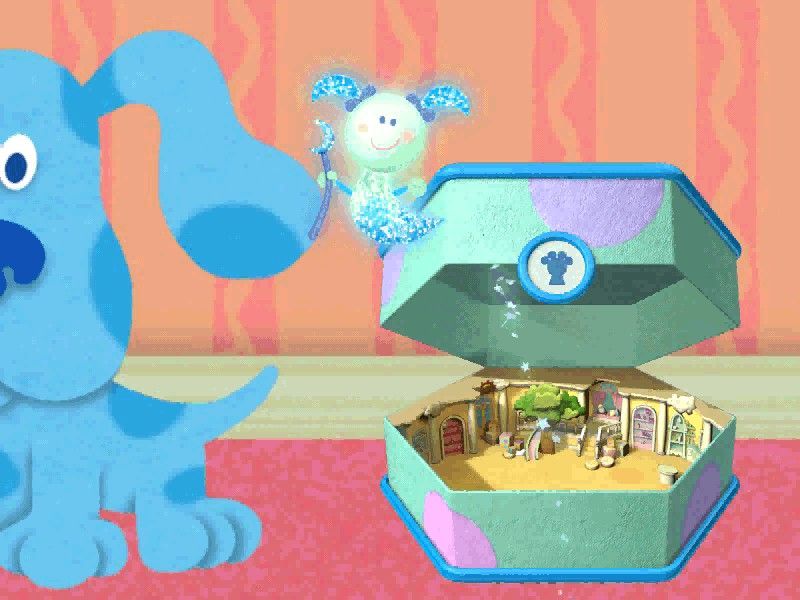
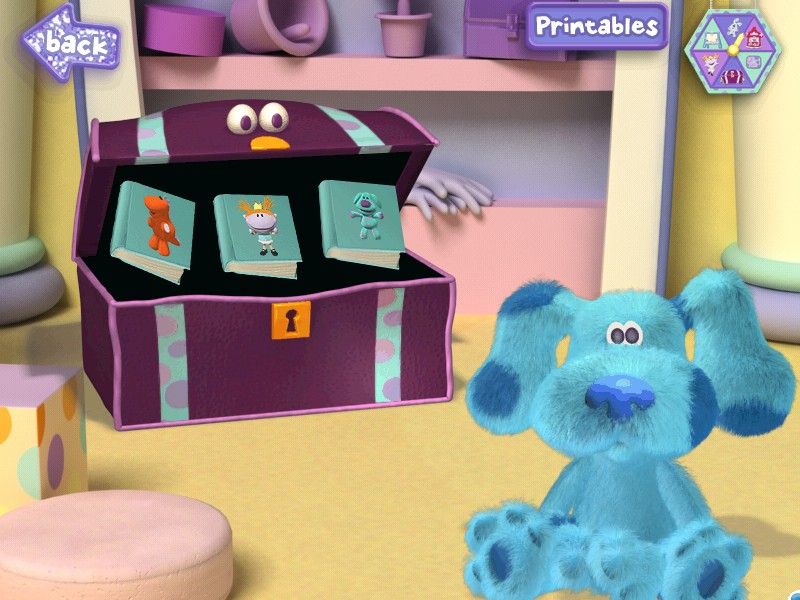
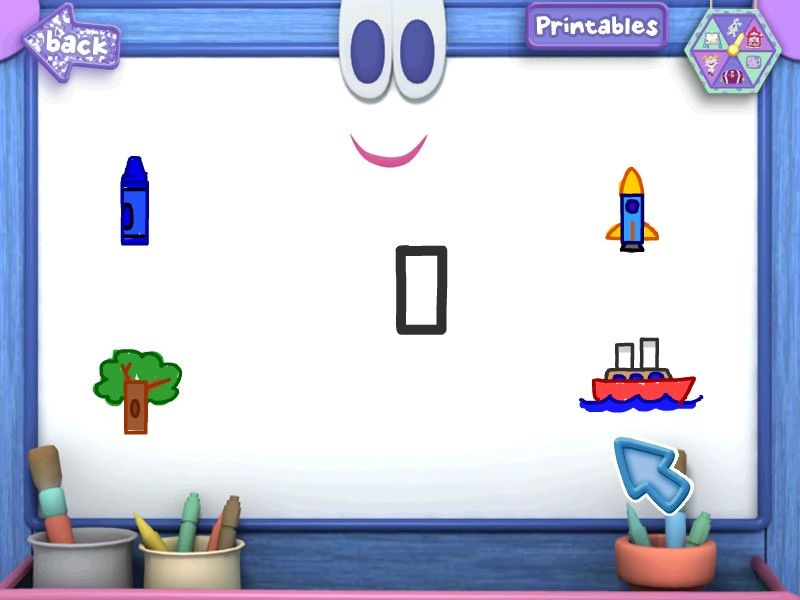
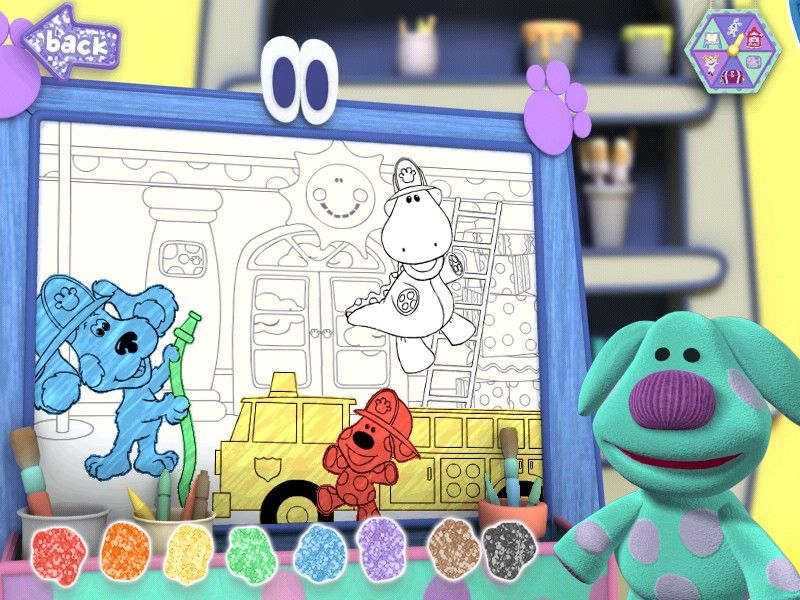
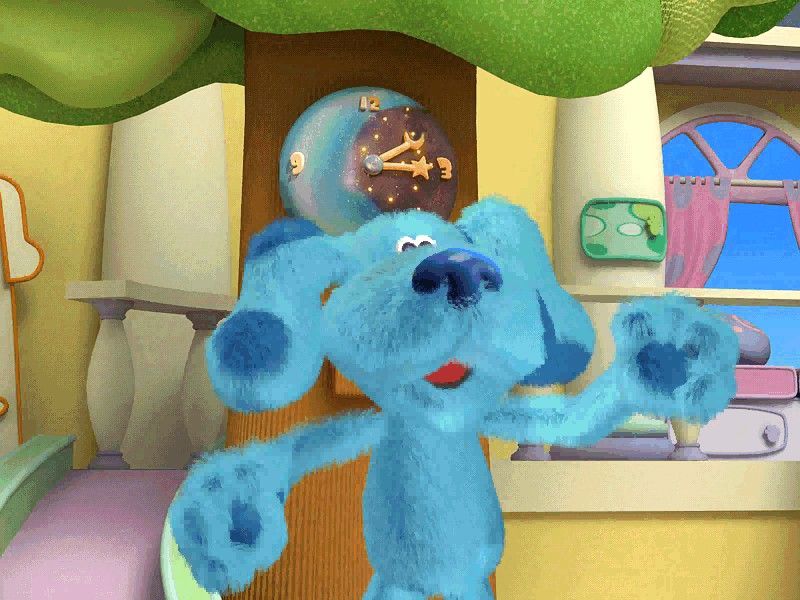
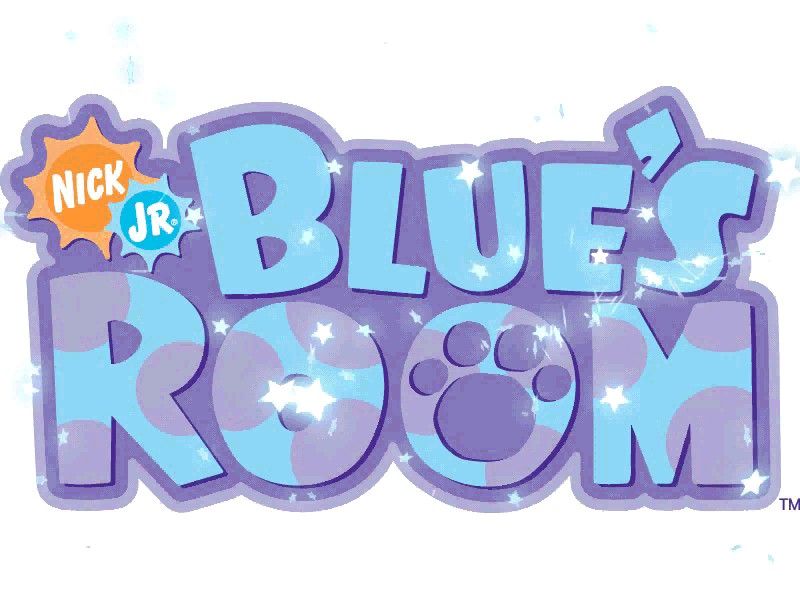



Reviews
There are no reviews yet.